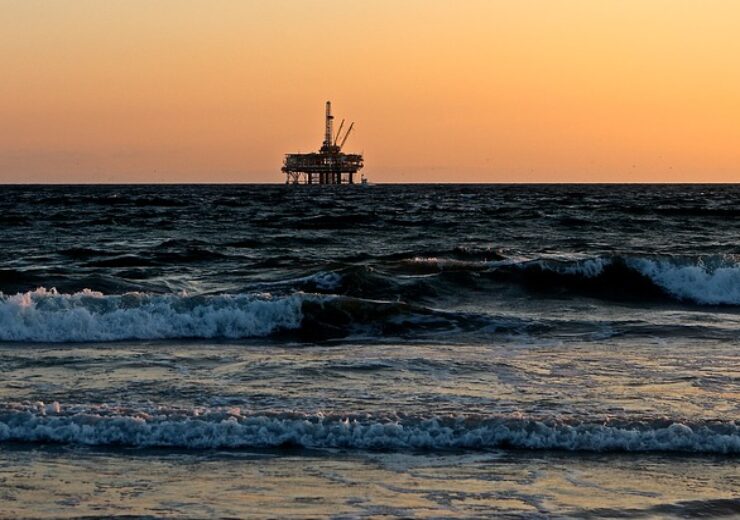The Block A is 95% owned by KrisEnergy while the remaining 5% interest is held by Royal Government of Cambodia

The Apsara field is being developed in phases. (Credit: C Morrison from Pixabay)
Singapore’s KrisEnergy, in a joint venture with the Cambodian government, has commenced extracting first crude oil from Apsara field in the offshore Cambodia Block A concession, following years of delays.
The Block A is owned and operated by KrisEnergy 95% stake while the remaining 5% interest is held by Royal Government of Cambodia through the General Department of State Property and Non Tax Revenue (GDSPNTR) of the Ministry of Economy and Finance.
KrisEnergy said that the production from the Apsara field began flowing from a single development well. Production is planned to be increased once four additional wells are commissioned and completed.
Cambodia signed a deal with KrisEnergy in 2017
The latest move is part of a deal signed by Cambodia with KrisEnergy in 2017 to jointly develop 3,083km2 of the Khmer basin in the Gulf of Thailand known as Block A, according to Reuters.
The Apsara field is located over the Khmer Basin, an unproduced geological basin in Cambodian maritime waters in the Gulf of Thailand.
KrisEnergy Cambodian operations CEO and president Kelvin Tang said: “Apsara first oil marks a 10-year journey from when KrisEnergy initially became a partner in Block A.
“It has been three years since we signed with the Government the petroleum agreement to launch this project and there has been a steep learning curve for all involved in what is a momentous event for the Cambodian people and an important strategic and operational milestone for KrisEnergy.
“Our task now is to complete drilling of the four remaining wells, stabilise production and monitor performance so that we may assess the best path forward to optimise Cambodia’s oil production and the value of the asset in the years ahead.”
KrisEnergy noted that the development of the Apsara area, due to the basin’s unproven production performance, will be made in several phases to reduce the risks as well as collect and assess data.
